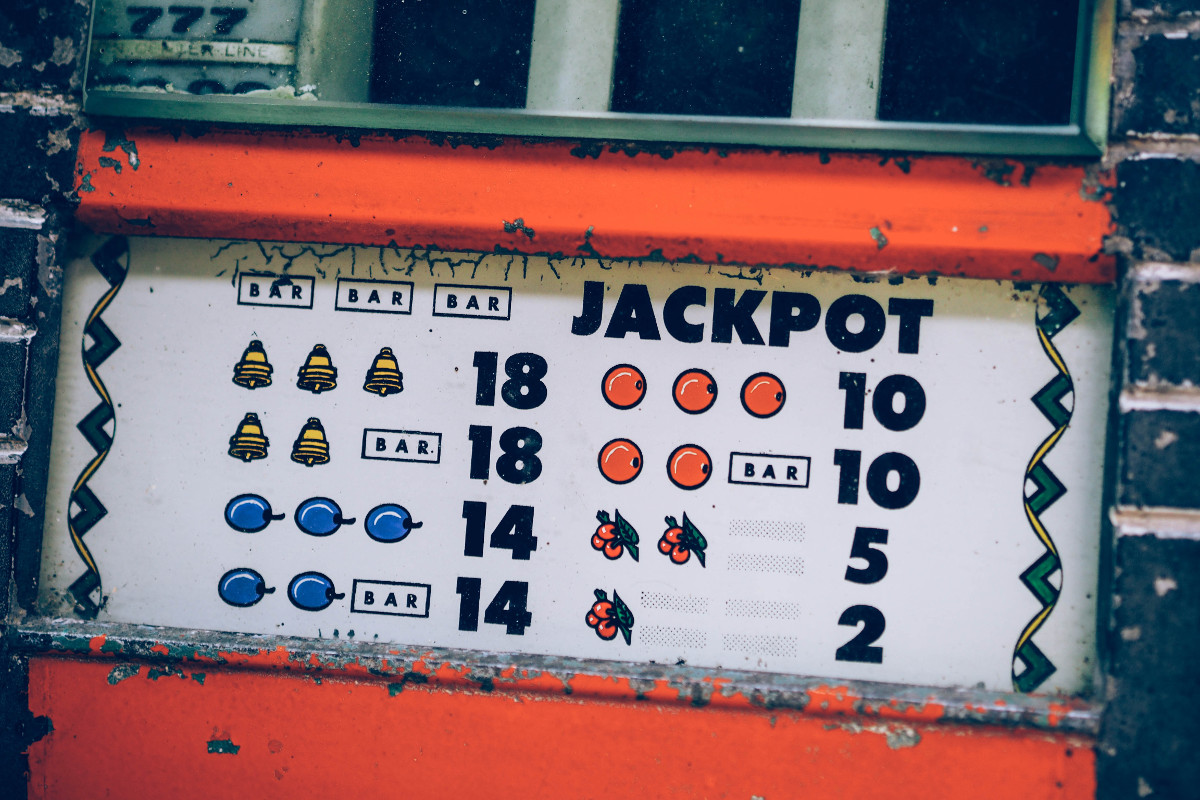Decisions in an uncertain and changing world
Traditionally, research on decision making has focussed on “decisions from description”, for instance asking people to choose between two monetary gambles. Decades of research in this paradigm has led to the conclusion that human decisions are generally irrational (e.g., defying the laws of expected utility theory). In daily life, however, people rarely decide between options that are as precisely and exhaustively described as the gambles in traditional decision-making experiments. Rather, they need to learn to make decisions based on their own direct experiences in uncertain and noisy environments. Results from traditional studies often do not generalize to experience-based decision making. For instance, given sufficient experience, violations of expected utility theory tend to diminish (Speekenbrink & Shanks, 2013) . Even when descriptions are provided, people rely more strongly on their experience (Weiss-Cohen et al., 2016) .
Experience-based decisions are initially highly uncertain: people can only learn about the likely outcomes of their decisions by taking them and experiencing their consequences. This leads to an exploration-exploitation tradeoff: in uncertain environments, we should sometimes forego actions that we think are most rewarding (exploitation) in order to learn about the consequences of other actions with more uncertain outcomes (exploration). For instance, rather than always revisiting your favourite restaurant, it can be good to sometimes visit a new restaurant in order to see whether it is better than your current favourite. Exploration is especially pertinent in changing environments, where once optimal options can be overtaken by once poor options. This means the uncertainty about options should increase the longer they haven’t been tried. We showed that explorative decisions are guided by such uncertainty and that people explore more when the environment changes rapidly (Speekenbrink & Konstantinidis, 2015) . A relatively simple mechanism accounted for people’s decisions, sampling for each option a reward from a subjective predictive distribution and choosing the option with the highest sampled reward. This results in a “probability matching” strategy where options are chosen according to the subjective probability that they provide the highest reward. Whilst probability matching has long been thought irrational, this strategy naturally combines exploitation and exploration and is near-optimal in complex and changing environments. Subsequent research (Schulz et al., 2015) again showed evidence for this probability matching strategy and further converging evidence comes from previous work (Speekenbrink & Shanks, 2010) which showed that people make predictions in changing environments by sampling from subjective (Bayesian) distributions.
